let's say that I have a function that process a DataStream<X> and sent the return to DB, but I need to read from another source and when process this new DataStream I will need to find into the states that I could generate before store the DataStream<X> into the DB and find one Id that it is coming into the DataStream<Y> and then trigger an action.
My question is:
Is possible by using for example a Co-ProcessFunction in Flink to process the result of the transformation in DataStream<X> and creates the states there and at the same time process the DataStream<Y> to have the states and the new stream in the same operator?
if the first question is totally wrong, which could be possible, Is there anyhow to do what I need to do?
Hoping someone can understands what I need to do.
